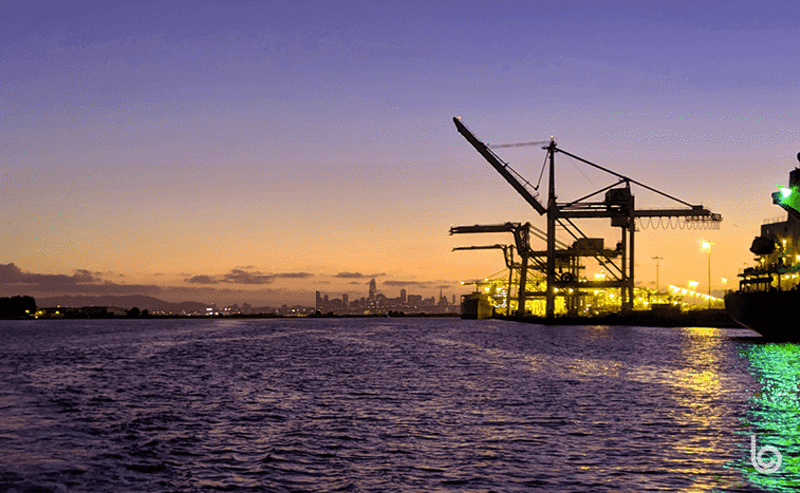Every headline within the supply chain industry seems to be signaling a move towards digitization—with words like artificial intelligence and automation popping up left and right. It has become all the more relevant as stakeholders throughout the supply chain are facing pressure to increase their efficiency and productivity, with the continued rise in demand and competition.
Ports especially are being challenged to innovate — as they play an integral part in the supply chain, with the Ports of Los Angeles, Long Beach and San Diego alone accounting for the movement of 40% of U.S. imports. The port industry is entering a new era, where a port’s ability to digitize may be a key indicator of its success and whether it’ll continue to attract new business. Below are some of the key barriers ports face to digitizing their operations and how some are already innovating to overcome them.
Poor Data Quality
Data has proven to be a valuable asset in digitization, as it powers artificial intelligence and machine learning-driven solutions. With the increasing prevalance and necessity of automated ports, having access to quality data has become all the more important for port industry leaders.
However, data-driven solutions, like automation, have proven challenging as port leaders are finding data silos and an overall lack of data standards across their operations. With data coming from a variety of sources—including ocean and motor carriers, as well as internal systems within the port—leaders struggle to bring this data together to arrive at meaningful insight. In addition, due to their lack of a structured, transparent data pool, they have had difficulties overseeing their operations and collecting data.
Recently, the Port of Los Angeles and Long Beach overcame these barriers by facilitating quality data sharing among supply chain partners. Since terminal operators have begun sharing their data, terminals have gained greater insight into operational issues they need to address, improved cargo velocity and provided Shipper/BCOs and truckers more accurate data about when containers will be available for pickup.
Uncertainties within Digitization
Port industry leaders are also finding that there is no one, clear path to digitization and it comes with a few uncertainties. As our Sales Director, Andy Murden recently shared in his blog, port industry leaders are struggling to determine which technologies are a good investment of their time and resources. With a wide variety of technologies available for ports — from automating schedule container pickup times to enabling on-demand expedited retrieval for customers — leaders want to ensure they are picking the technology which will deliver the best ROI.
In addition, technology like automation has the potential to dramatically change the way the industry has operated, with the Long Beach Container Terminal already using fully automated cargo-handling equipment. Yet, there still remains many unaddressed concerns surrounding digitization, including: safety issues, reliability of automation and the negative effects on the jobs of seafarers.
Given the rapid changes within the industry, ports need to take steps to ensure they are on the forefront of digitization. Learn more about how ports and terminals are using data-driven solutions with Blume Global here.
contact us
Contact Us

